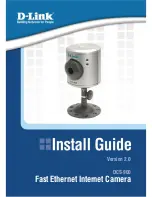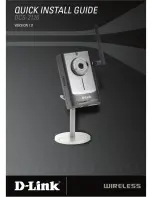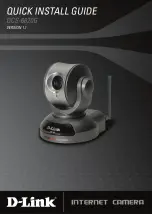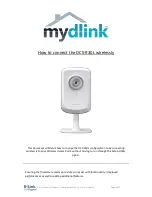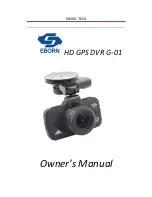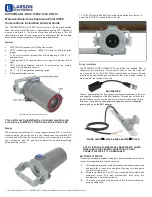
Figure 3.15 Additional adjustments made before the clamp screws are fully tightened.
Left
: Additional height
can be gained by slipping the camera clamp up the body of the eyepiece for those eyepieces (such as the
Leica L Plan shown here) which have a very long eye relief – more than can be accommodated by the lock
nut adjustment of the clamp alone.
Right
: You can also tilt the camera on the eyepiece, exaggerated
examples of which are shown here (it should never be necessary to use this much tilt in practice). Tilt can
occur in all axes not just the one shown in this figure. If your eyepiece has a very wide body so that it only
just fits in the clamp then the amount of tilt available will also be very restricted.
Now gently tighten the three thumbscrews till the eyepiece is held firmly in position but
do
not over-tighten the thumbscrews or damage to the eyepiece casing or coatings
may result. A sudden jolt to the camera while it is mounted on an eyepiece may
also damage the eyepiece casing or coating.
These risks can never be fully removed
so take care to avoid such incidents.
Tripod attachment
The translation adjustable mount has a female tripod thread socket (illustrated in figures
1.1, 2.2 and 3.9). This is designed to accept a standard 1/4-20 UNC threaded tripod
screw. As most tripod screws are metal and this thread socket is made of 3D printed
plastic
take care not to cross the threads or over-tighten when fitting the camera
to a tripod or you may damage this thread socket
.
OptArc AF51 Camera Page 42 of 99 User Guide v1.02































